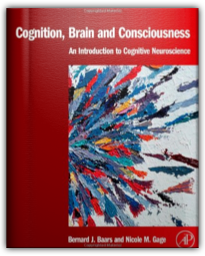
A textbook for psychology, neuroscience, pre-medical students, and everybody interested in the neuroscience of cognition. 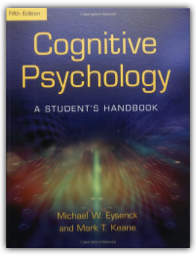
This fifth edition of the best-selling international cognitive psychology textbook has been substantially updated and restructured to reflect new developments in cognitive psychology, and made more student-friendly. 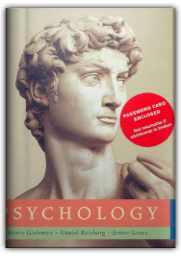
Since it first appeared twenty-five years ago, Psychology has been widely recognized as the most cohesive overview of the discipline.Drawing from the liberal arts and natural sciences and emphasizing psychology’s historical dimensions, this gold-standard text shows students how and why psychology is relevant in their lives and to the other disciplines they are studying. The Seventh Edition introduces a new four-part structure that highlights the central issues that motivate psychological research and previews them through thought-provoking introductory essays. Throughout, the part reorganization is reinforced by carefully refined questions and themes, providing a coherent and exciting view of psychology today. 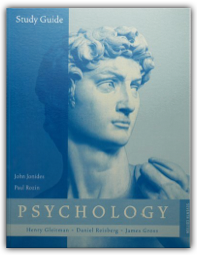
This carefully crafted guide to using the textbook offers helpful study advice, completion questions, multiple-choice self-tests, and critical thinking questions. 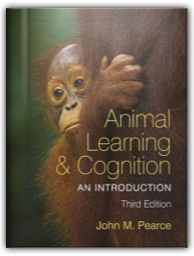
Animal Learning and Cognition: An Introduction provides an up-to-date review of the principal findings from more than a century of research into animal intelligence. This new edition has been expanded to take account of the many exciting developments that have occurred over the last ten years. 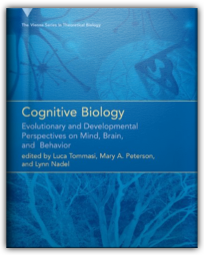
An overview of current research at the intersection of psychology and biology, integrating evolutionary and developmental data and explanations. 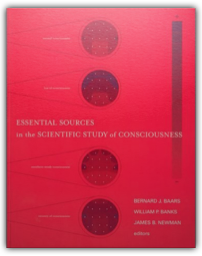
Consciousness is at the very core of the human condition. Yet only in recent decades has it become a major focus in the brain and behavioral sciences. Scientists now know that consciousness involves many levels of brain functioning, from brainstem to cortex. The almost seventy articles in this book reflect the breadth and depth of this burgeoning field. The many topics covered include consciousness in vision and inner speech, immediate memory and attention, waking, dreaming, coma, the effects of brain damage, fringe consciousness, hypnosis, and dissociation.Underlying all the selections are the questions, What difference does consciousness make? What are its properties? What role does it play in the nervous system? How do conscious brain functions differ from unconscious ones? The focus of the book is on scientific evidence and theory. The editors have also chosen introductory articles by leading scientists to allow a wide variety of new readers to gain insight into the field. |

Since its publication in 1949, D.O. Hebb's, The Organization of Behavior has been one of the most influential books in the fields of psychology and neuroscience. However, the original edition has been unavailable since 1966, ensuring that Hebb's comment that a classic normally means "cited but not read" is true in his case. This new edition rectifies a long-standing problem for behavioral neuroscientists—the inability to obtain one of the most cited publications in the field. 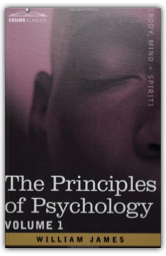
The Principles of Psychology is a two-volume introduction to the study of the human mind. Based on his classroom lessons and first published in 1890, James has gathered together what he feels to be the most interesting and most accessible information for the beginning student. Psychology, according to James, deals with thoughts and feelings as its facts and does not attempt to determine where such things come from. This would be the realm of metaphysics, and he is careful to avoid crossing over from science into philosophy. This first volume contains discussions of the brain, methods for analyzing behavior, thought, consciousness, attention, association, time, and memory. Anyone wanting a thorough introduction to psychology will find this work useful and engaging. American psychologist and philosopher WILLIAM JAMES (1842-1910), brother of novelist Henry James, was a groundbreaking researcher at Harvard University and one of the most popular thinkers of the 19th century. Among his many works are Human Immortality (1898) and The Varieties of Religious Experience: A Study in Human Nature (1902). 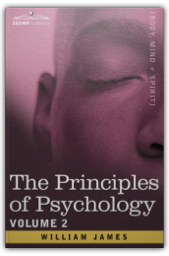
Psychology, according to James, deals with thoughts and feelings as its facts and does not attempt to determine where such things come from. This would be the realm of metaphysics, and he is careful to avoid crossing over from science into philosophy. This second volume covers sensation, imagination, reasoning, instinct, emotions, will, movement, and the perception of objects and space. Anyone wanting a thorough introduction to psychology will find this work useful and engaging. American psychologist and philosopher WILLIAM JAMES (1842-1910), brother of novelist Henry James, was a groundbreaking researcher at Harvard University and one of the most popular thinkers of the 19th century. Among his many works are Human Immortality (1898) and The Varieties of Religious Experience: A Study in Human Nature (1902). 
How do animals represent space, time, number and rate? From insects to humans, Charles Gallistel explores the sophisticated computations performed in these ubiquitous yet neglected domains of animal learning. He proposes new and imaginative hypotheses about brain and mental processes and provides original insights about animal behavior using a computational-representational framework that is an exciting alternative to traditional associative theories of learning.Gallistel argues compellingly that experimental psychologists should begin to view the phenomena of learning within a framework that utilizes as the proper unit of analysis the computation and storage of a quantity, rather than the formation of an association that has been the basis of traditional learning theory. His approach reveals the formal structure of the environmental relationships that animals master to time and orient their behavior. It clarifies what representations different animals can and cannot compute and the nature of the computations by which animals derive these representations.The author backs up this thesis with studies that encompass a vast range of animal learning: animal navigation (the use of dead reckoning and cognitive maps); the mechanisms of timekeeping in the nervous system; the registration and utilization of time of occurrence (circadian phase) in learned behavior; the learning and use of temporal intervals and of numerosity; the computation of rates of occurrence; modern findings and theories of classical conditioning.Gallistel surveys the experimental literature in zoology, biology, neuroscience, and psychology that bears on those aspects of their environment that animals represent and the computations they perform in constructing and utilizing those representations. He reveals the fundamental role these representations play in learning and memory, and the implications of these findings in the search for the cellular basis of memory.Charles R. Gallistel is Professor of Psychology at the University of Pennsylvania. The Organization of Learning is included in the series Learning, Development, and Conceptual Change, edited by Lila Gleitman, Susan Carey, Elissa Newport, and Elizabeth Spelke. A Bradford Book 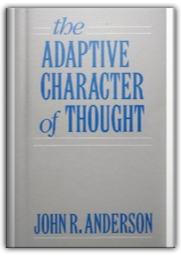
This important volume examines the phenomena of cognition from an adaptive perspective. Rather than adhering to the typical practice in cognitive psychology of trying to predict behavior from a model of cognitive mechanisms, this book develops a number of models that successfully predict behavior from the structure of the environment to which cognition is adapted. The methodology — called rational analysis — involves specifying the information-processing goals of the system, the structure of the environment, and the computational constraints on the system, allowing predictions about behavior to be made by determining what behavior would be optimal under these assumptions. The Adaptive Character of Thought applies this methodology in great detail to four cognitive phenomena: memory, categorization, causal inference, and problem solving. 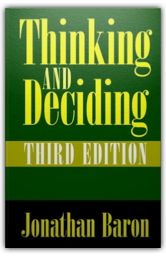
Thinking and Deciding has established itself as a required text and important reference work for students and scholars of human cognition and rationality. In this, the third edition, Jonathan Baron delves further into many of the key questions addressed in the previous editions. Baron has also revised or expanded his treatment of topics such as risk, utilitarianism, Baye's theorem, and moral thinking. 
Inductive reasoning is everyday, intuitive reasoning; it contrasts with deductive or logical reasoning. Inductive reasoning is much more prevalent than deductive reasoning, yet there has been much less research on inductive reasoning. Using contributions from the leading researchers in the field, the interdisciplinary approach of this book is relevant to those interested in psychology (including cognitive and developmental psychology), decision-making, philosophy, computer science, and education. |

Máté Lengyel
Collection Total:
201 Items
201 Items
Last Updated:
May 28, 2012
May 28, 2012

 Made with Delicious Library
Made with Delicious Library